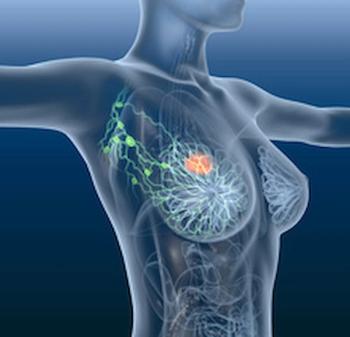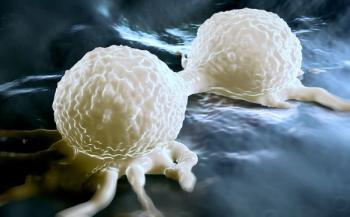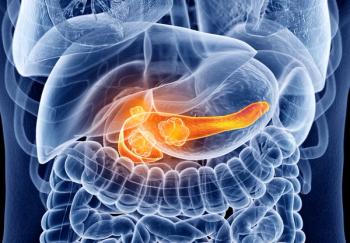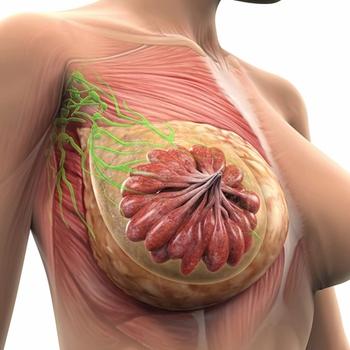
Peritoneal Tumor Treatment Enhanced by Pre-PIPAC-MMC Small Incision Surgery
Although small incision surgery may serve as a conduit to deliver PIPAC-MMC, it may confer benefits in the staging and treatment of peritoneal tumors.
Although small incision surgery may serve as a conduit to deliver mitomycin C pressurized intraperitoneal aerosolized chemotherapy (PIPAC-MMC), there are multiple advantages to performing the procedure, according to Mustafa Raoof, MD, MS.
Raoof, assistant professor in the Division of Surgical Oncology in the Department of Surgery, and assistant professor in the Department of Cancer Genetics and Epigenetics City of Hope Cancer Center, in an interview with CancerNetwork®, spoke about the importance of conducting small incision surgery prior to treatment with PIPAC-MMC contextualized by a phase 1 dose-escalation trial (NCT04329494) evaluating mitomycin C pressurized intraperitoneal aerosolized chemotherapy (PIPAC-MMC) in combination with systemic chemotherapy in patients with appendiceal and colorectal carcinomatosis he presented at the
Raoof began by expressing that the surgical technique was primarily a conduit to deliver PIPAC-MMC, but that its inclusion in the treatment benefit confers multiple benefits. He first explained that performing the procedure allows access to the abdominal cavity via laparoscopy, which enables a more complete assessment of tumor location and characteristics than CT or PET scans alone.
Another advantage, according to Raoof, is that the surgical technique enables the collection of samples for biopsy, which enables an assessment of the effect of therapy in addition to a more accurate staging of disease. An additional advantage allows for the longitudinal assessment of tumor tissues to help iteratively develop more effective therapies.
Transcript:
The surgical technique is a ... conduit to deliver therapy, [but] there are [3] advantages to doing that in the operating room. One is that we have access to the abdominal cavity, so we can take a look at the peritoneum and stage how much cancer there is. One challenge with peritoneal metastases is that they are [quite] hard to image. On CT scans and PET scans, the entirety of the disease is not shown, and sometimes there can be smaller deposits below the resolution of the CT scan. When we do laparoscopy, we put a camera in the abdomen and take a look around, so we get a good estimate of where the disease is and what it looks like.
Then, in the same setting, we can deliver this therapy, and we also take biopsies in different areas, so we can study the effect of therapy on those biopsies in subsequent buybacks. It allows us to not only stage the disease but also sample and assess for response better.
Then the third advantage is that you can use this to develop better therapies. You can study the tumor tissues in a longitudinal way, in a patient model, to iteratively develop better therapies, which is a big advantage of this approach.
Reference
Raoof M. Dose escalation phase 1 trial of mitomycin C pressurized intraperitoneal aerosolized chemotherapy in combination with systemic chemotherapy for unresectable appendiceal and colorectal carcinomatosis. Presented at the Society of Surgical Oncology (SSO) 2025 Annual Meeting; March 27-29, 2025; Tampa, FL.
Newsletter
Stay up to date on recent advances in the multidisciplinary approach to cancer.

















































































